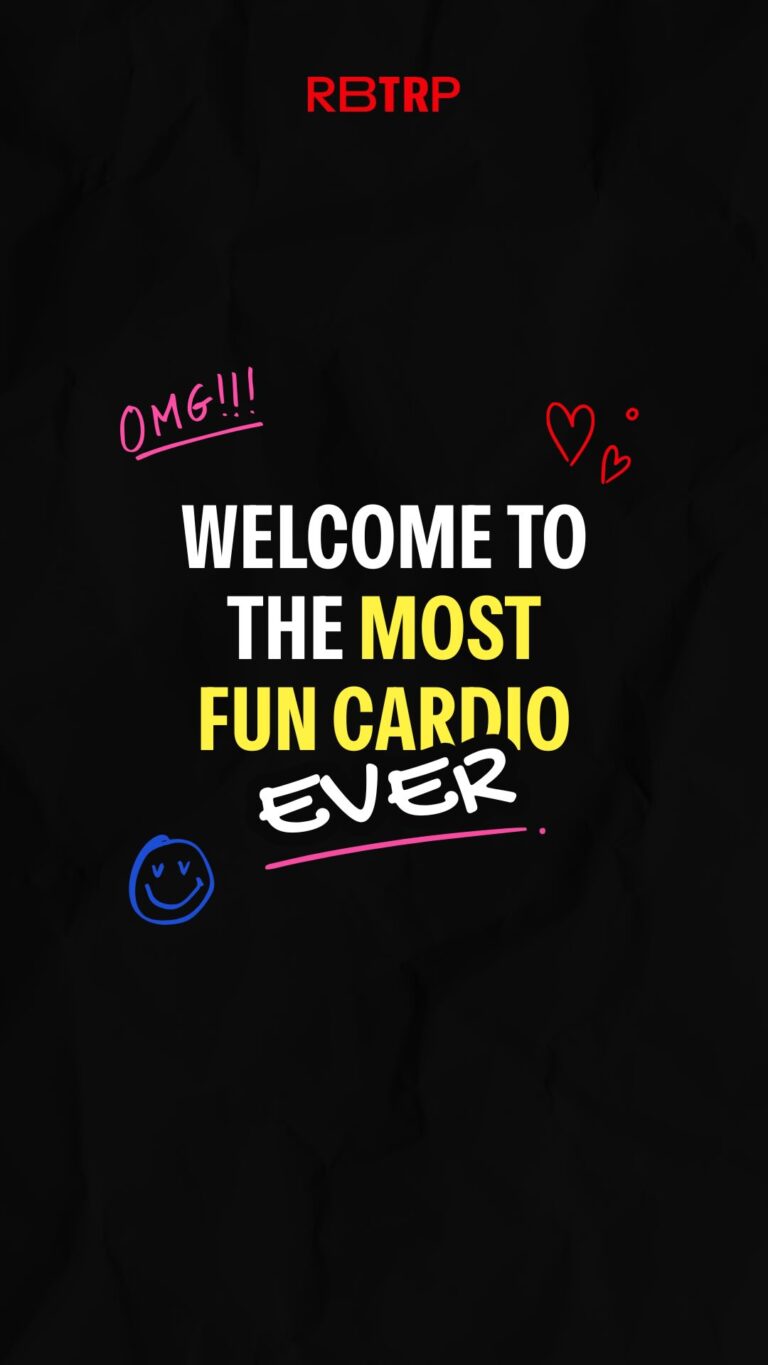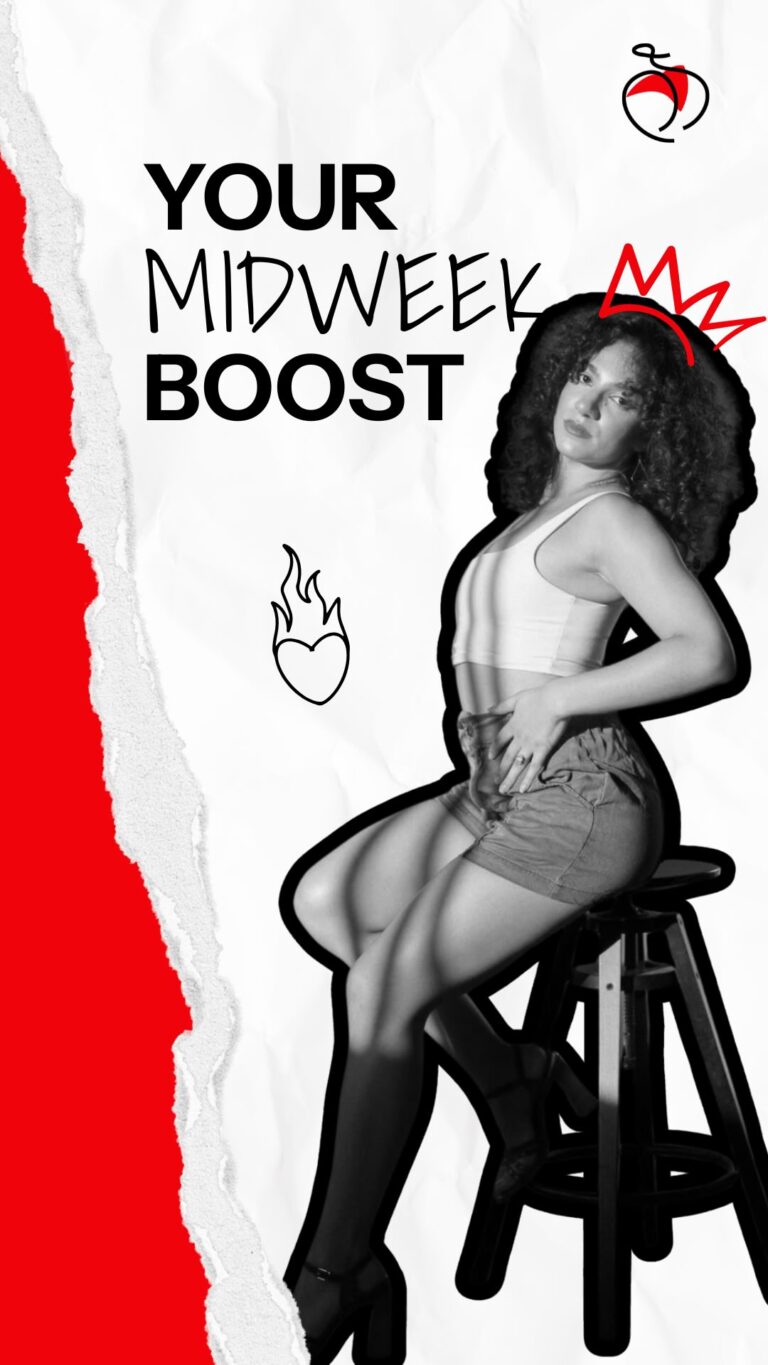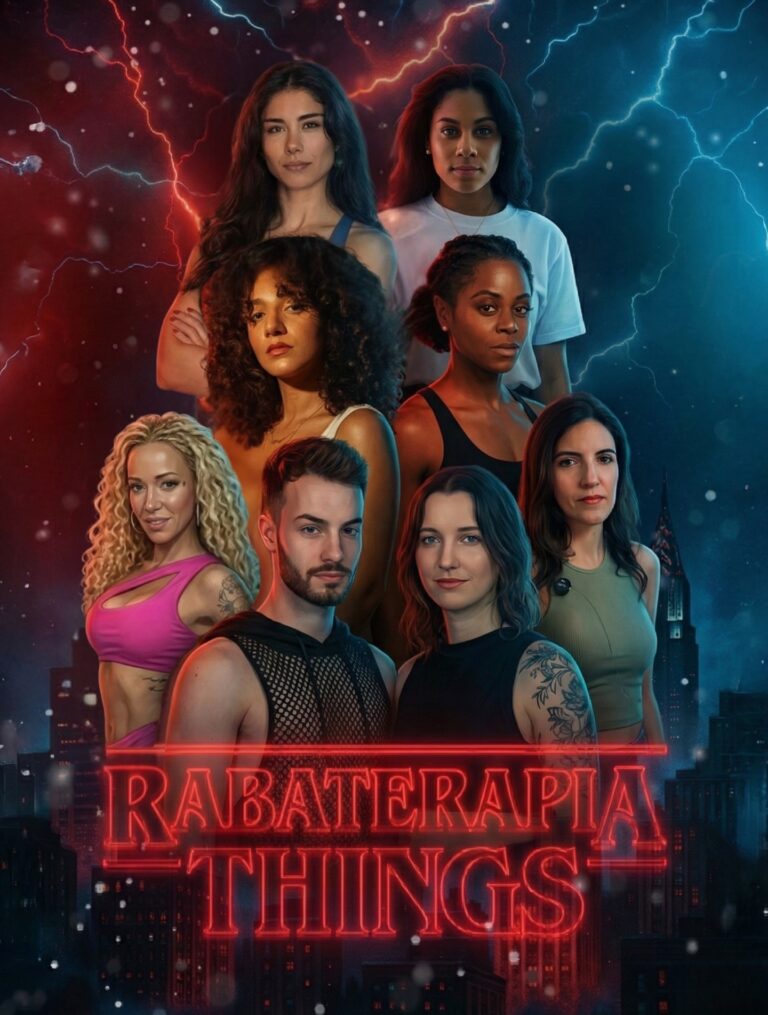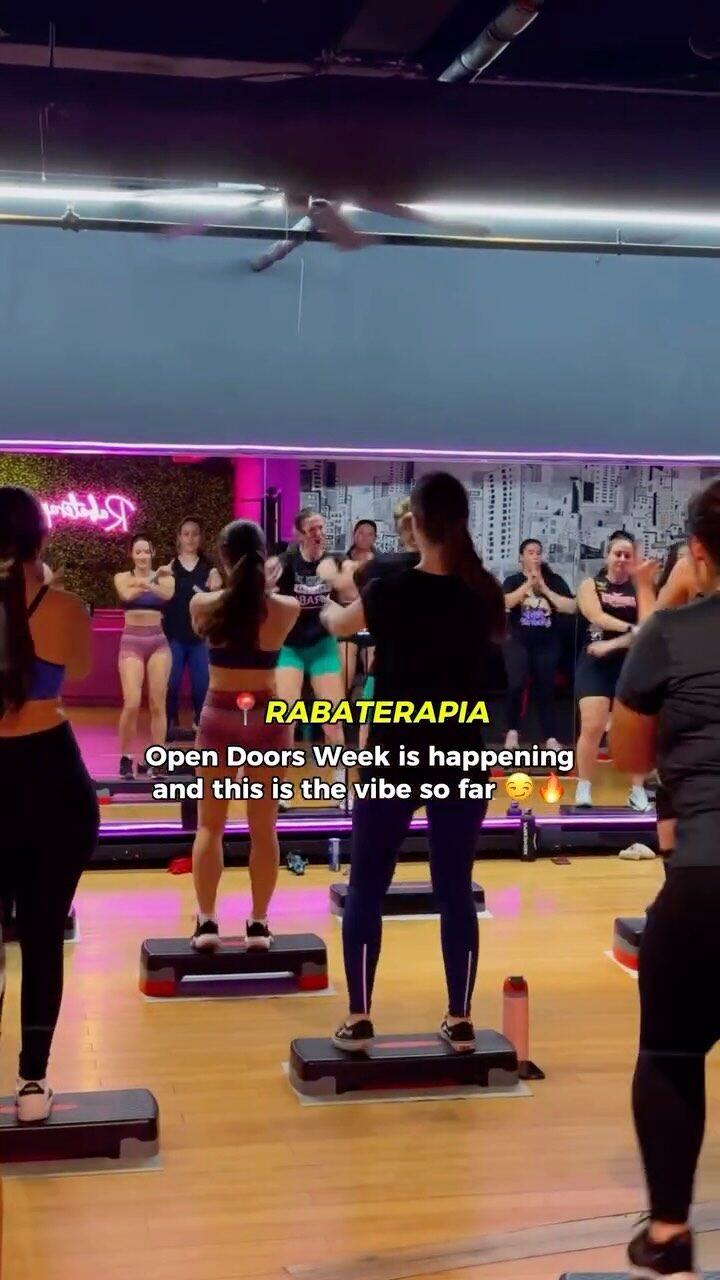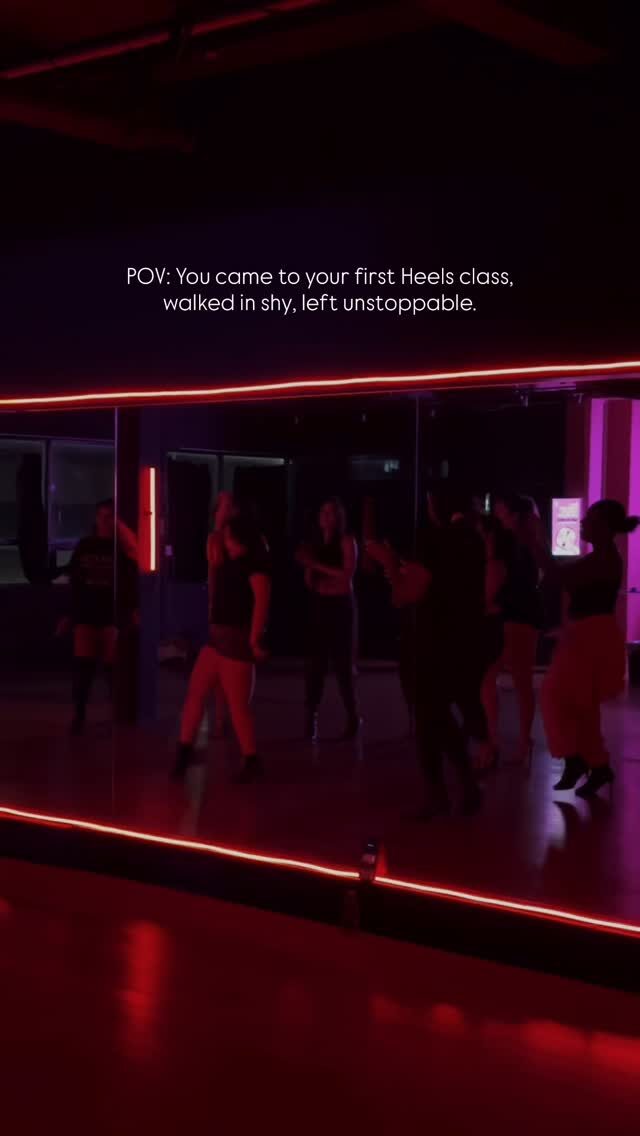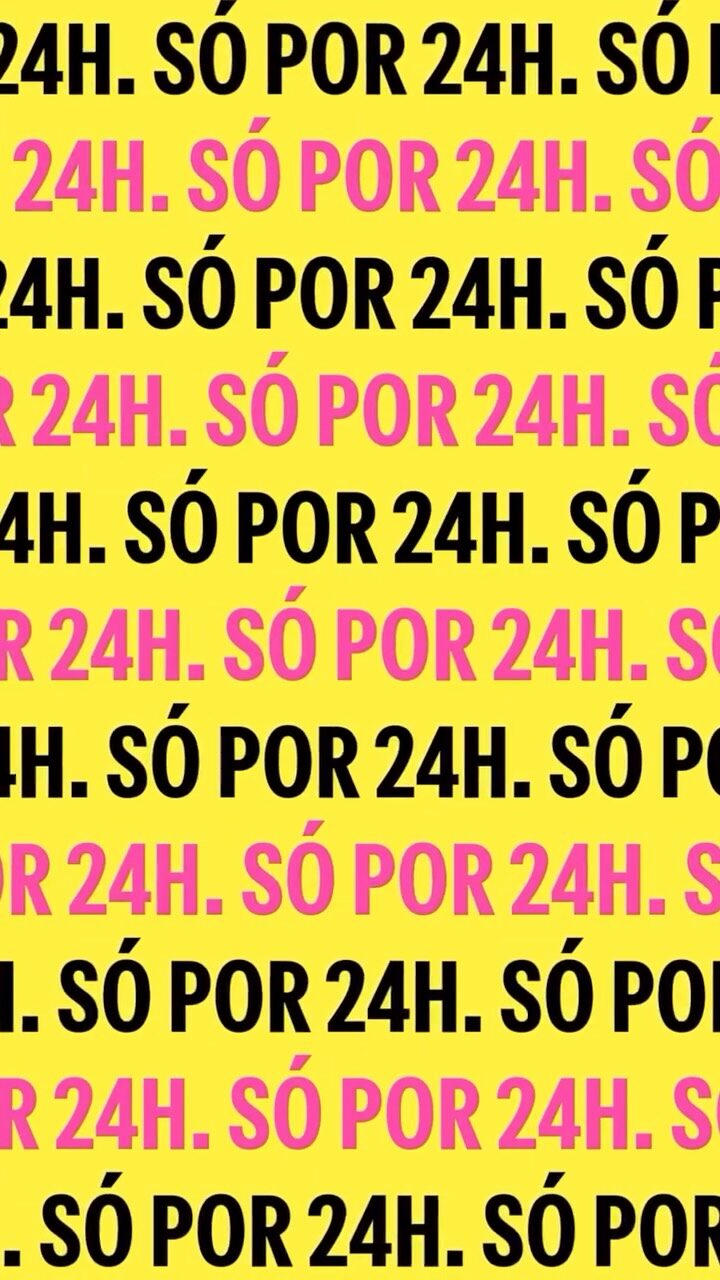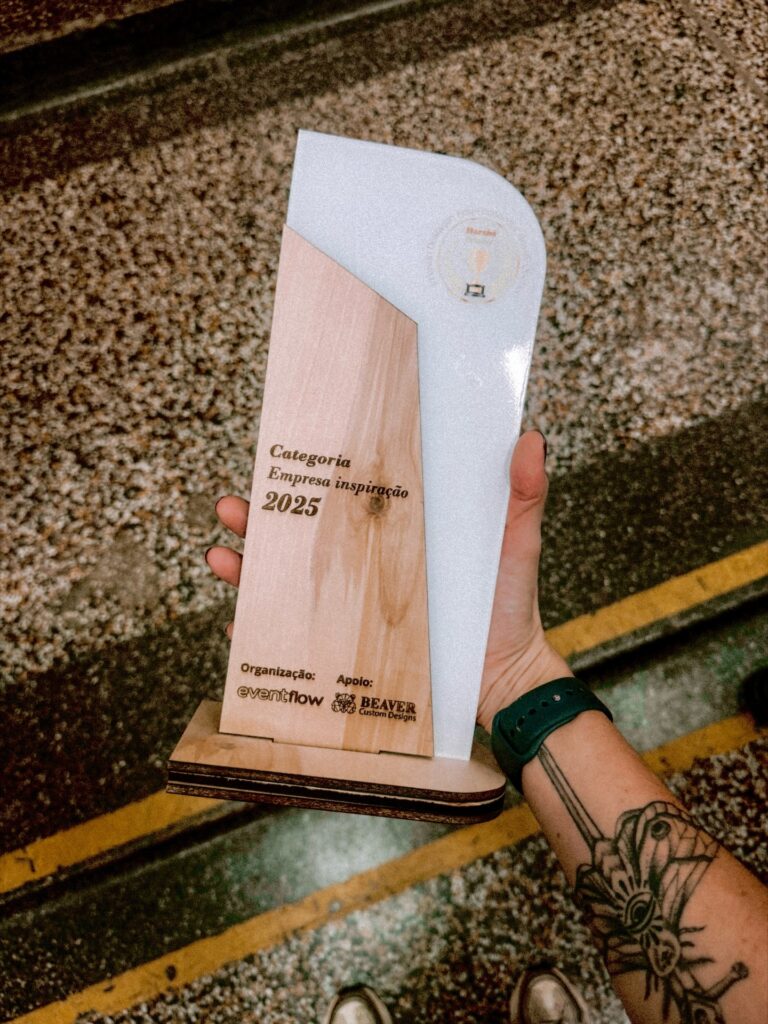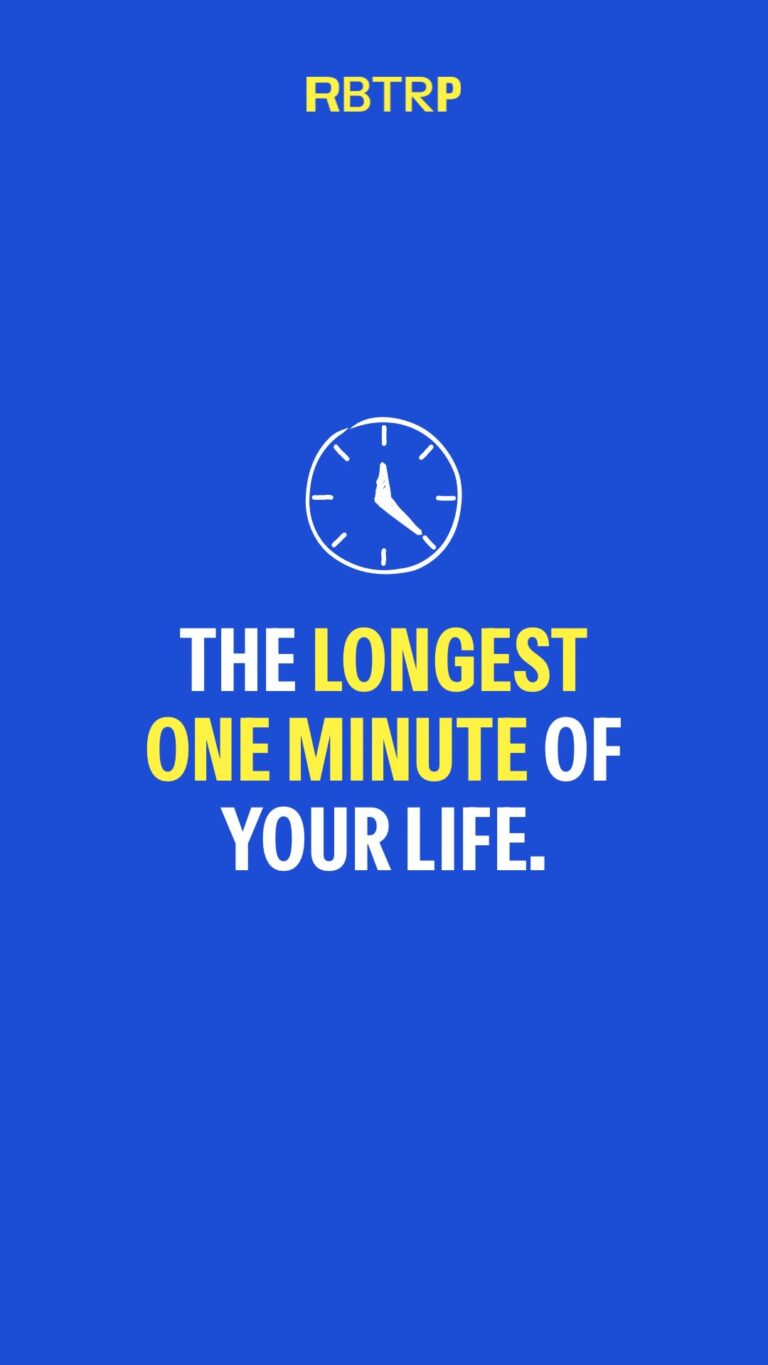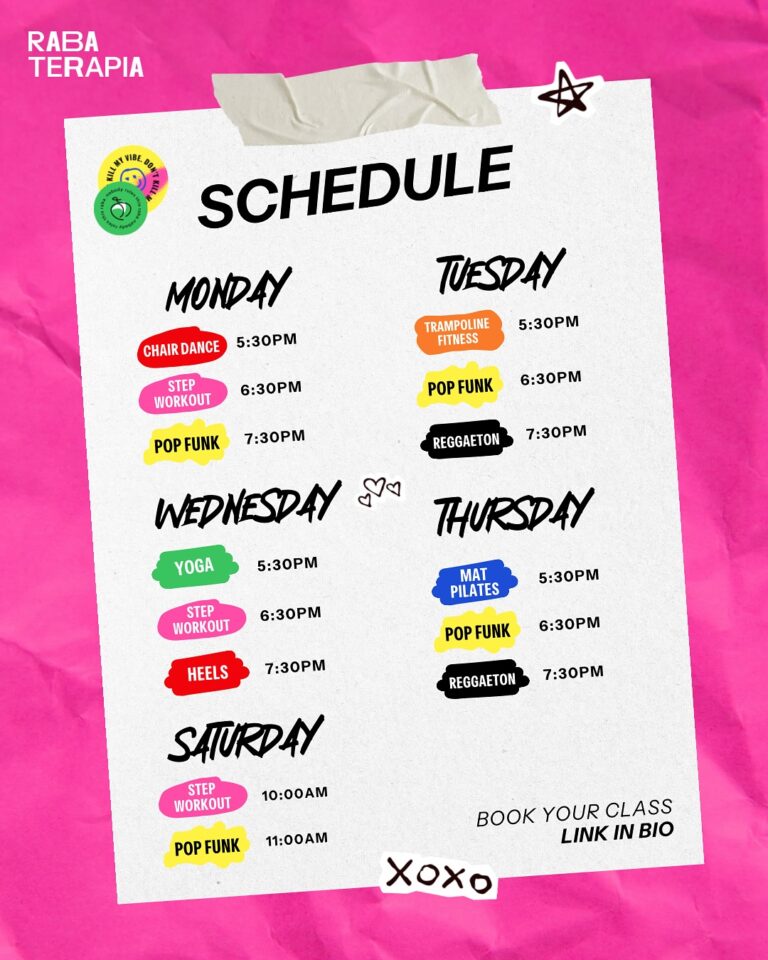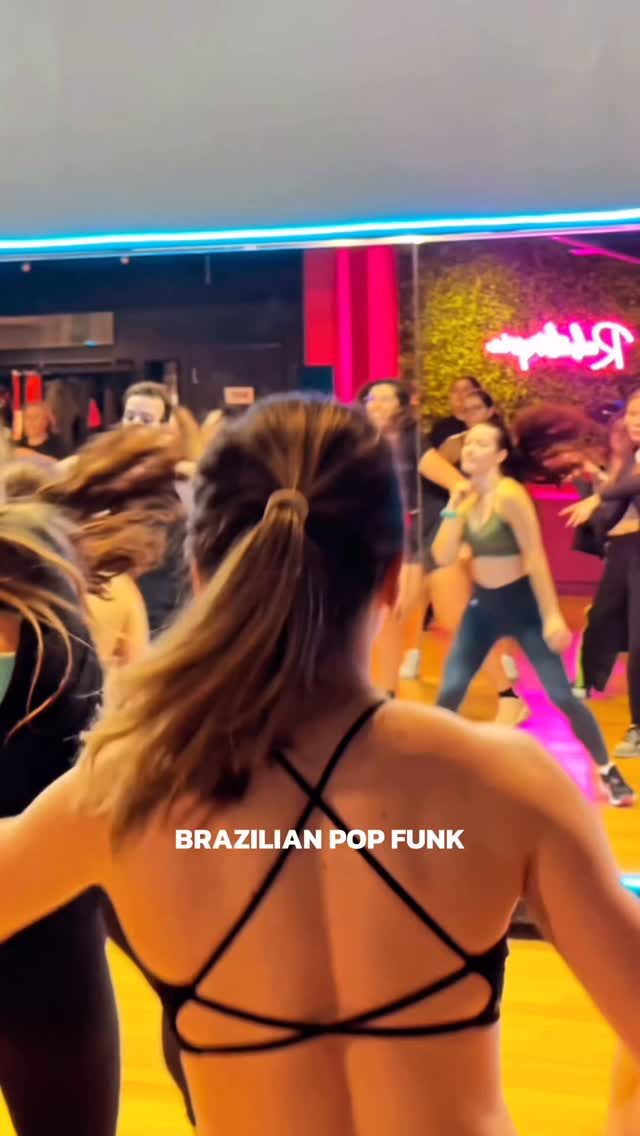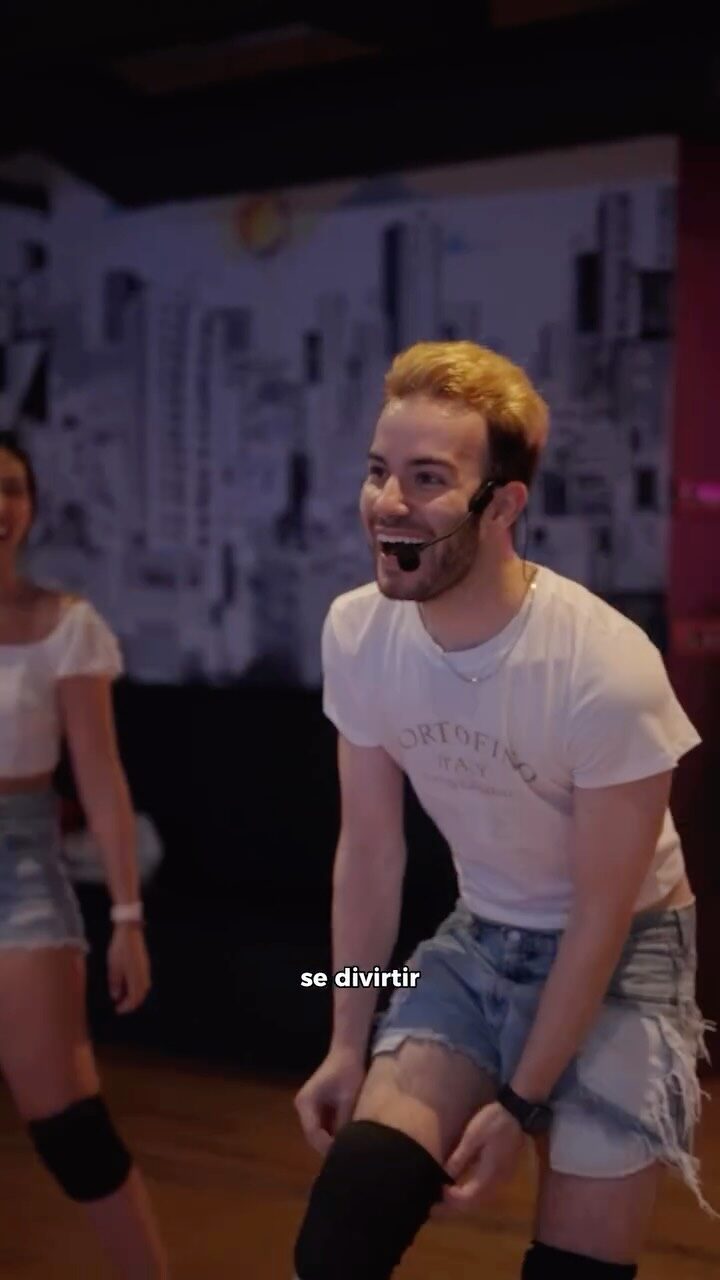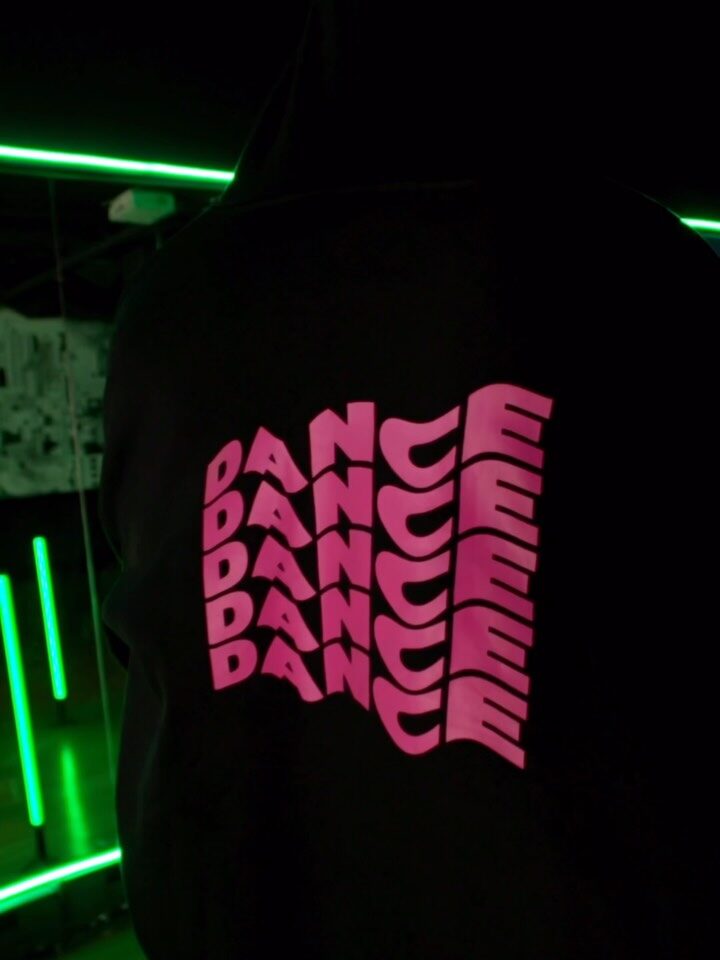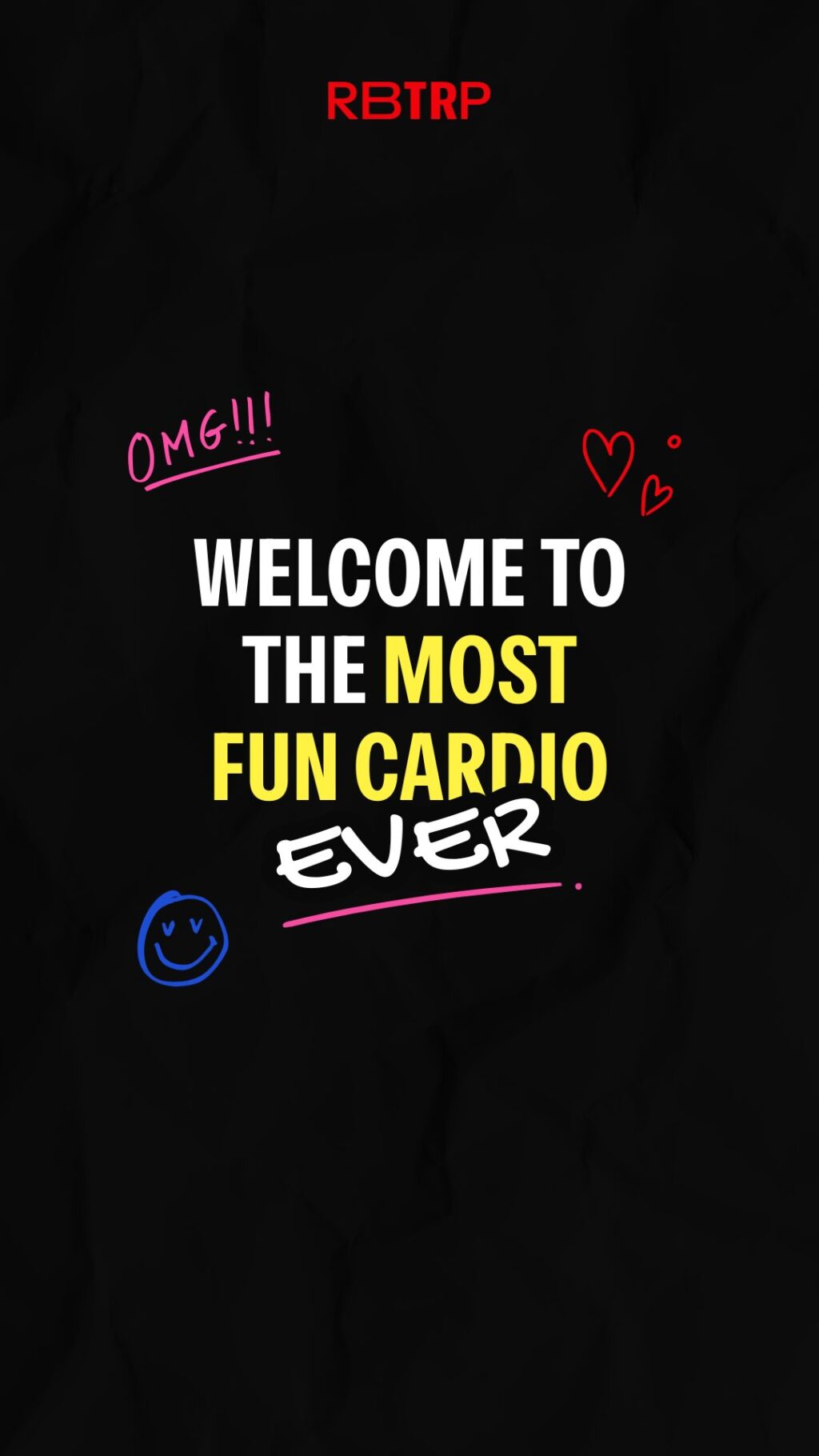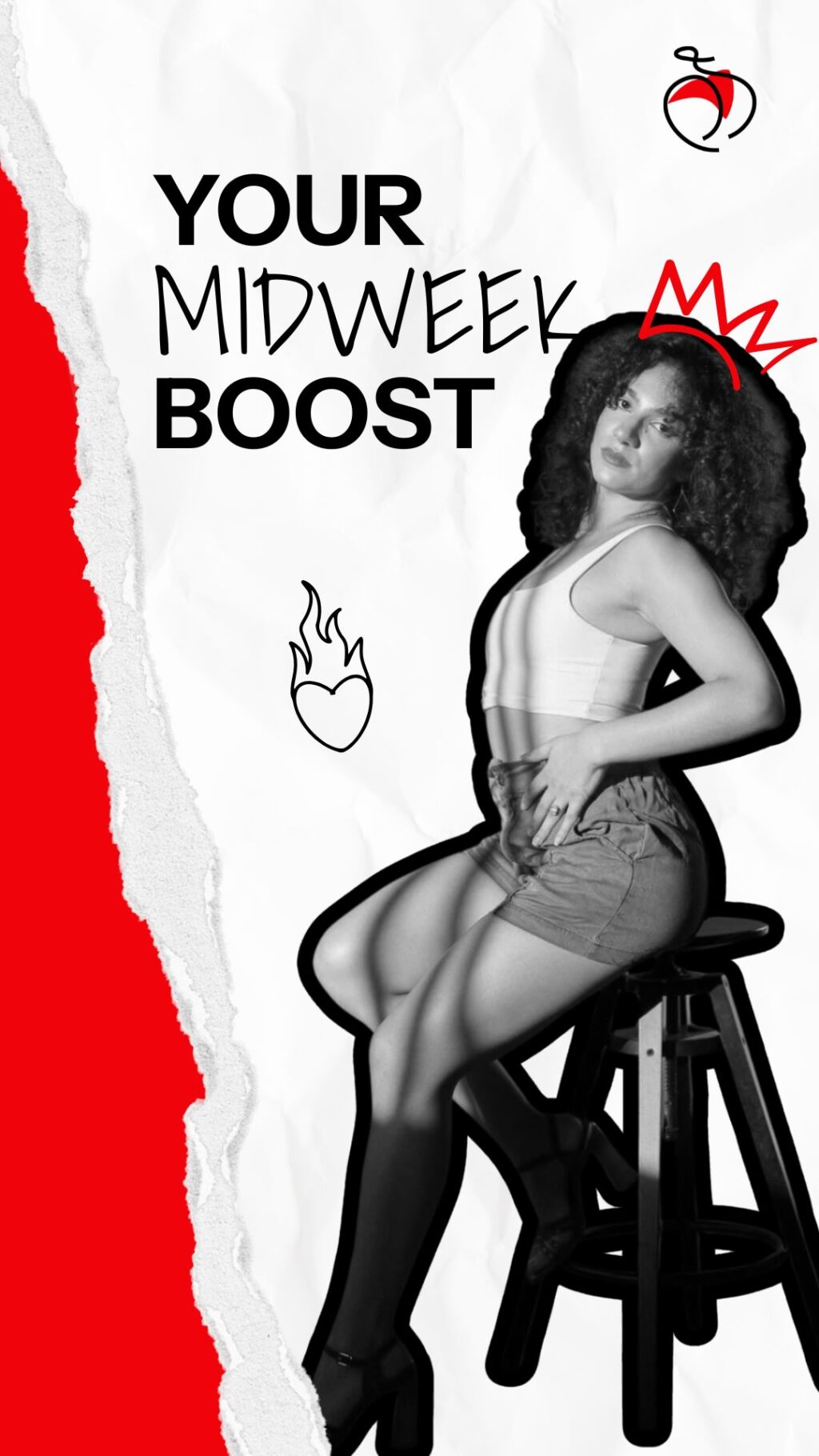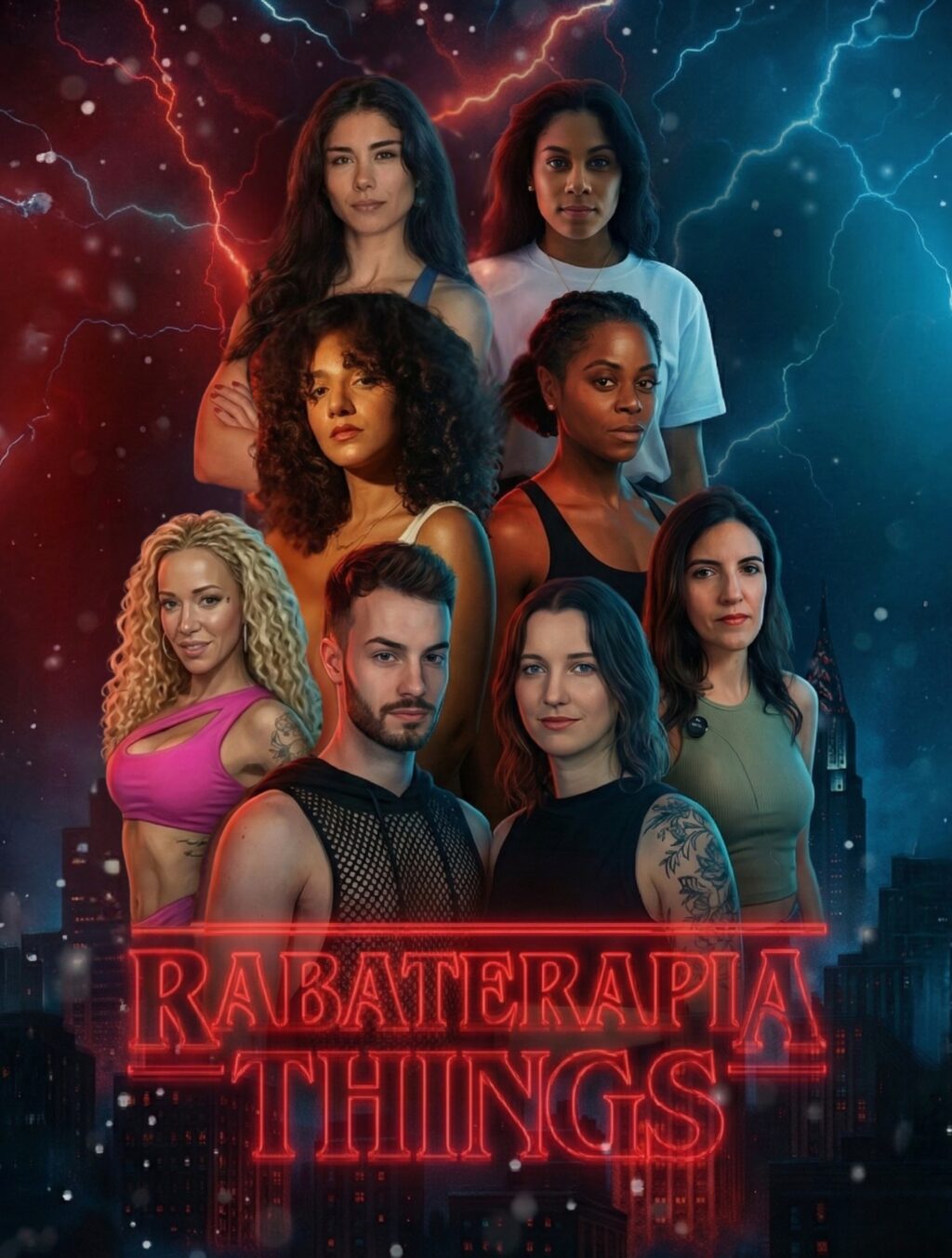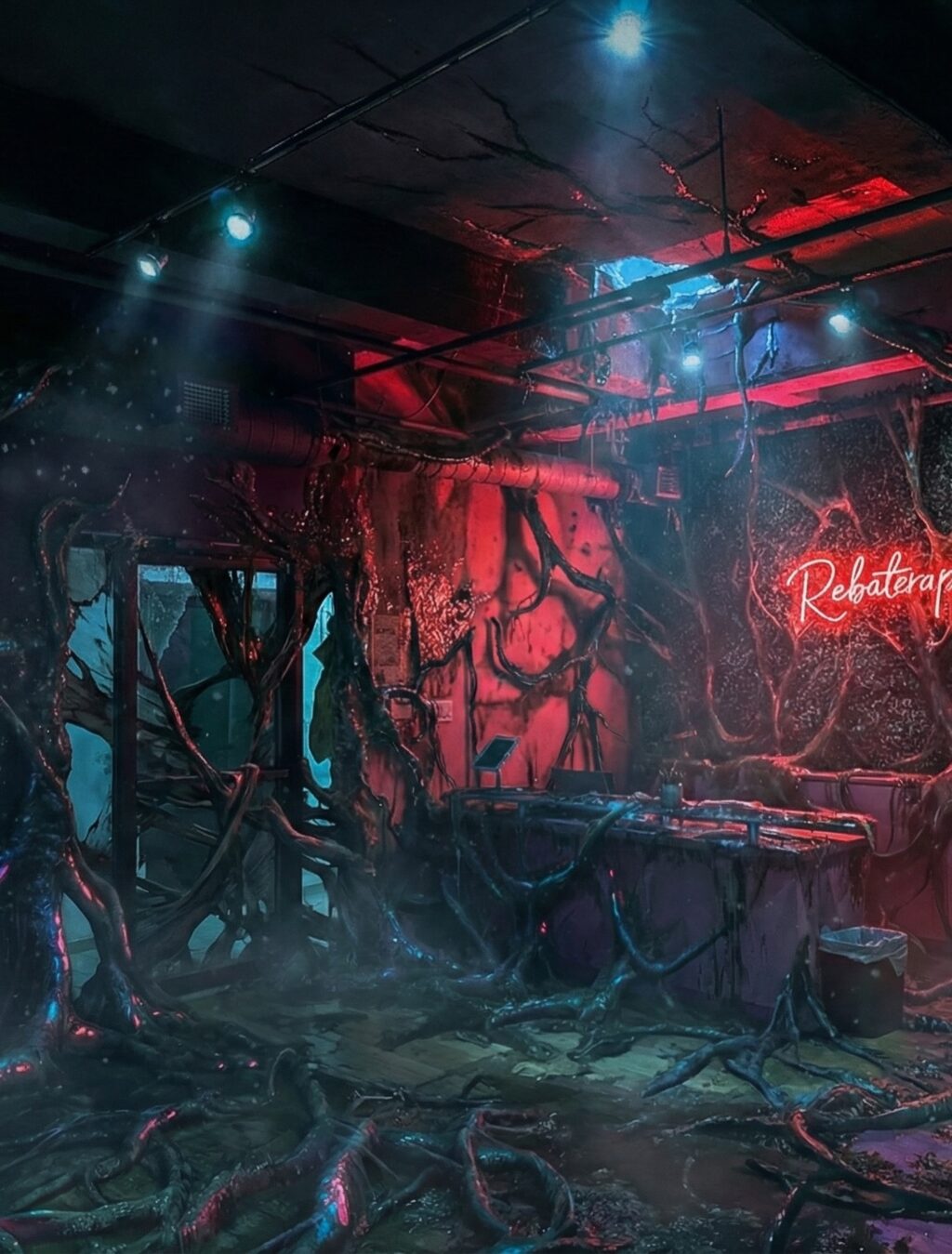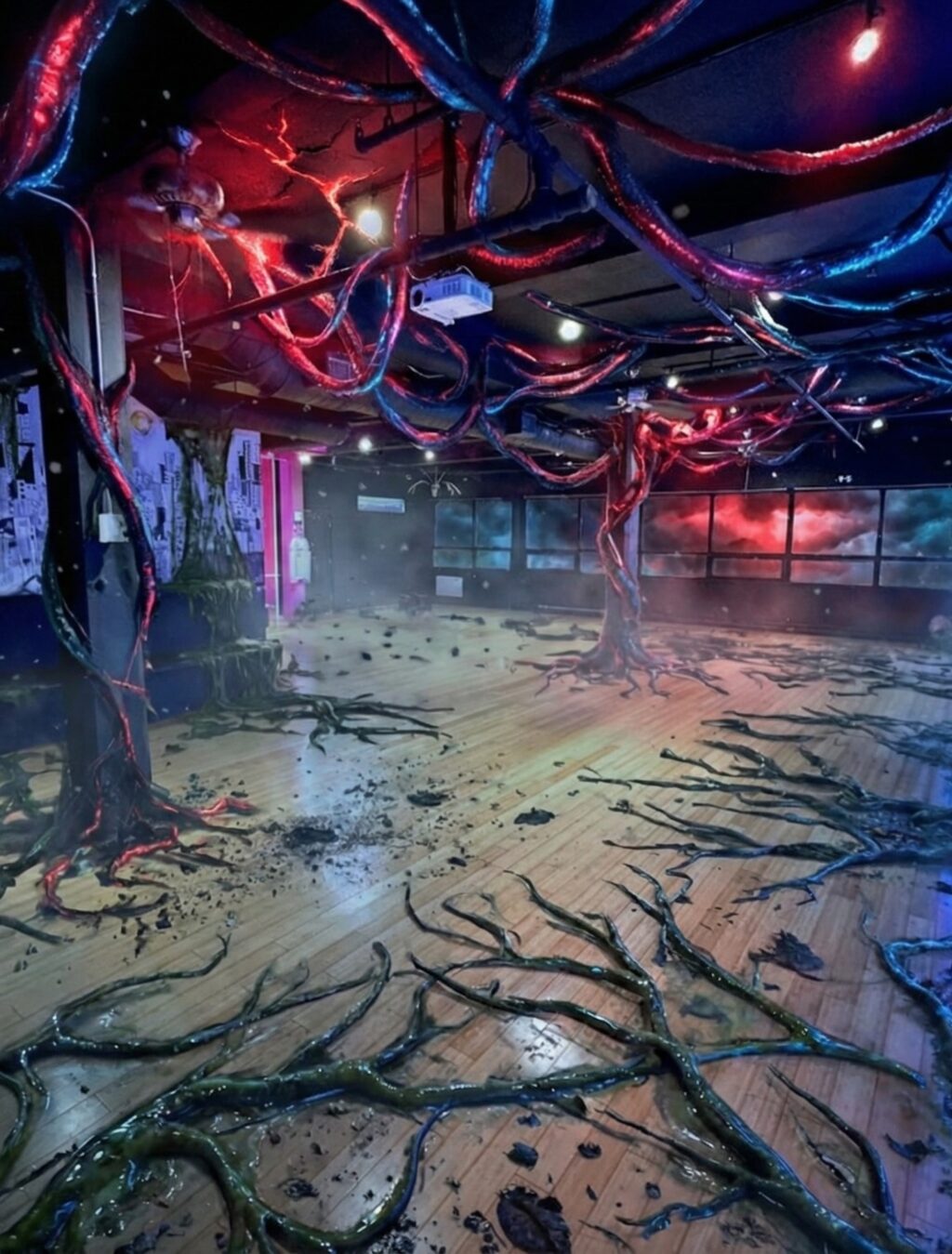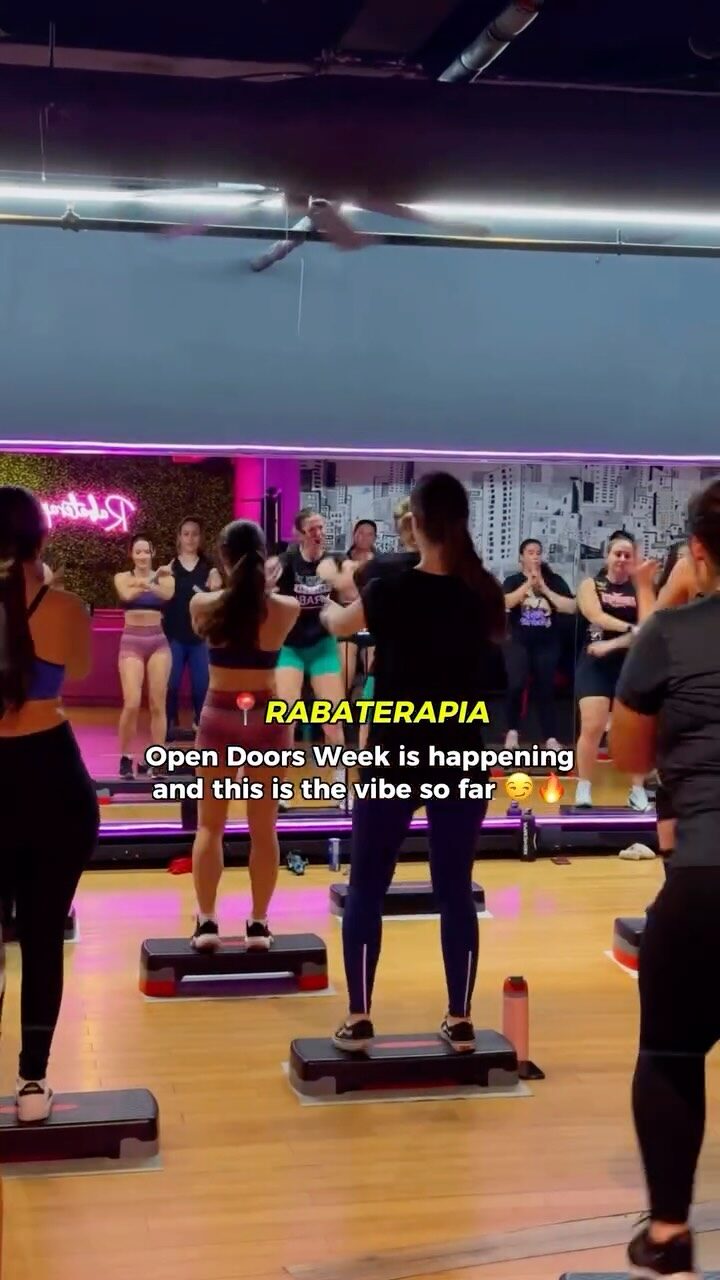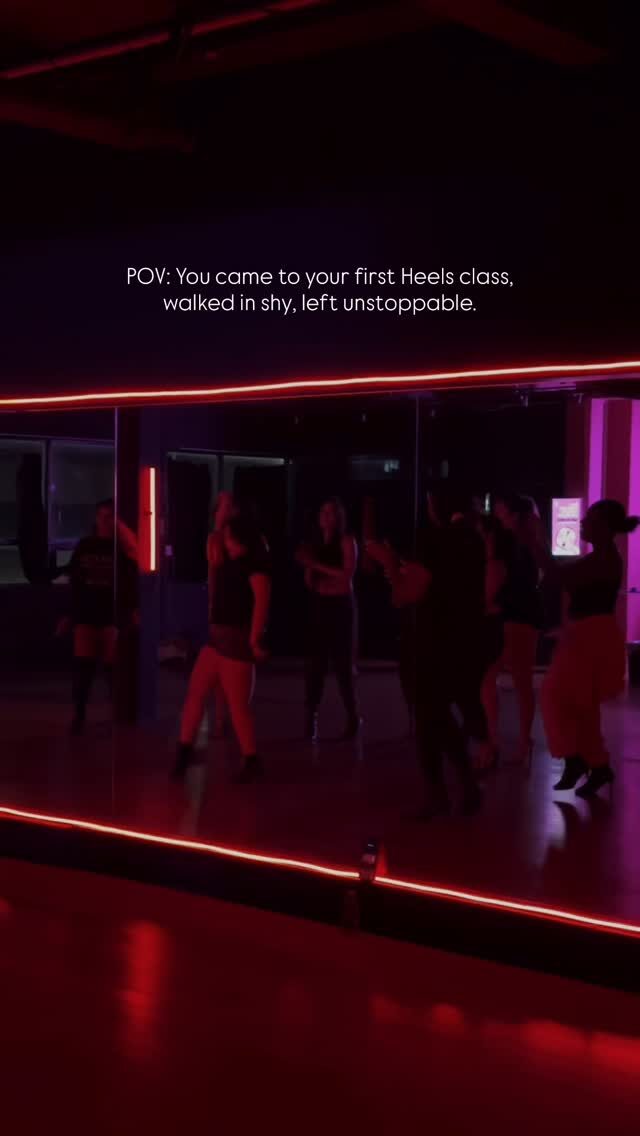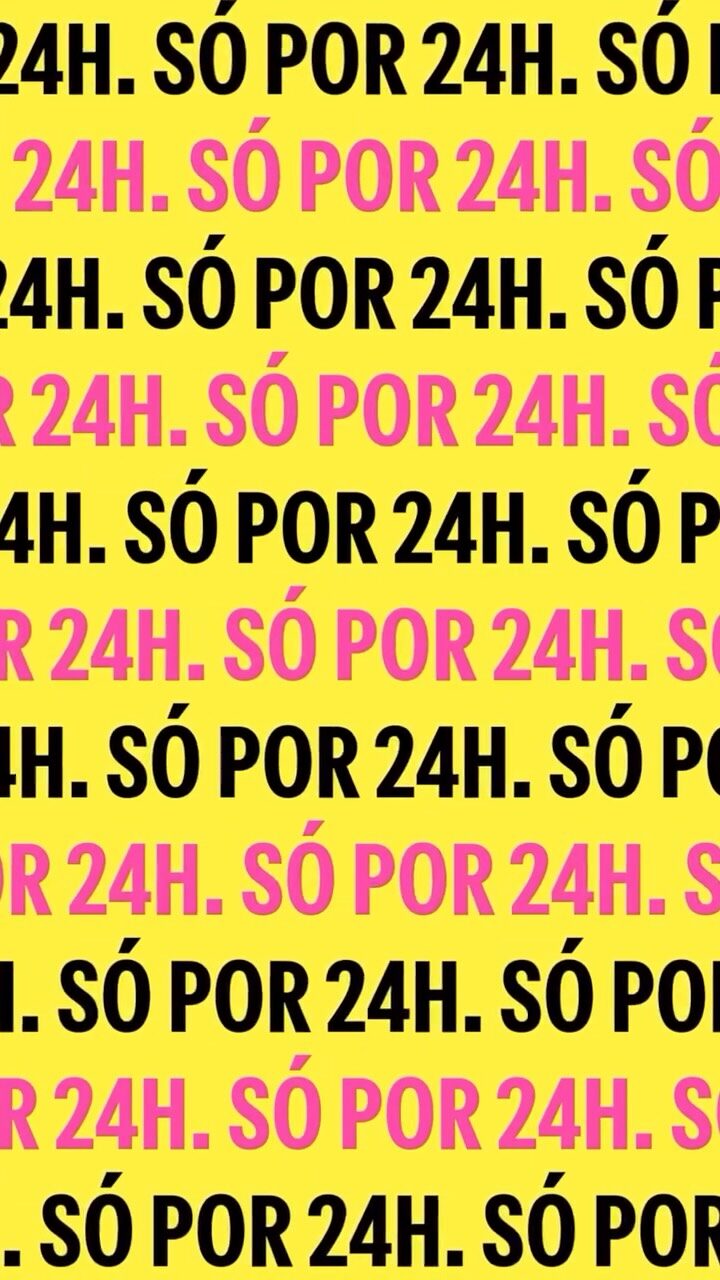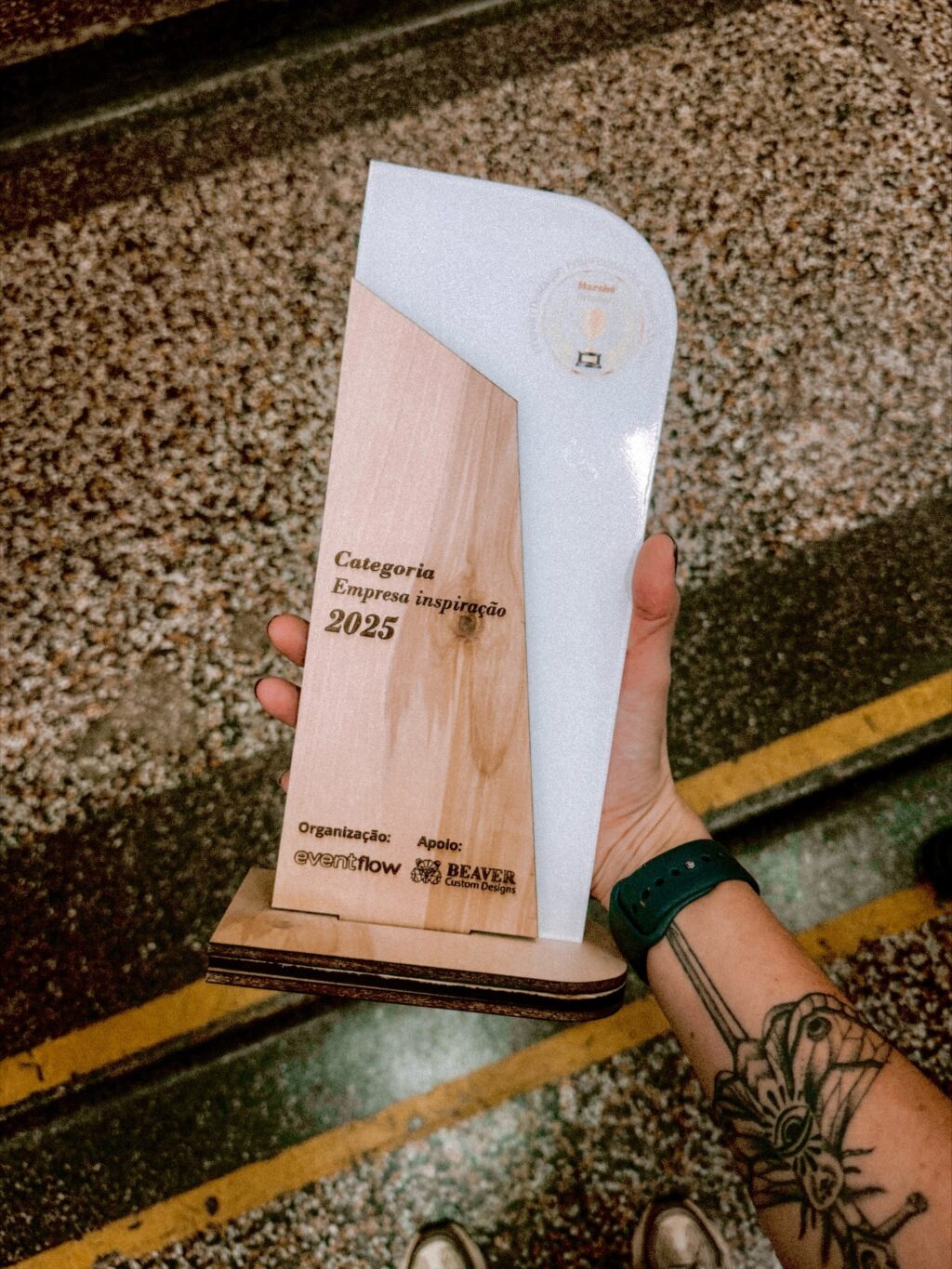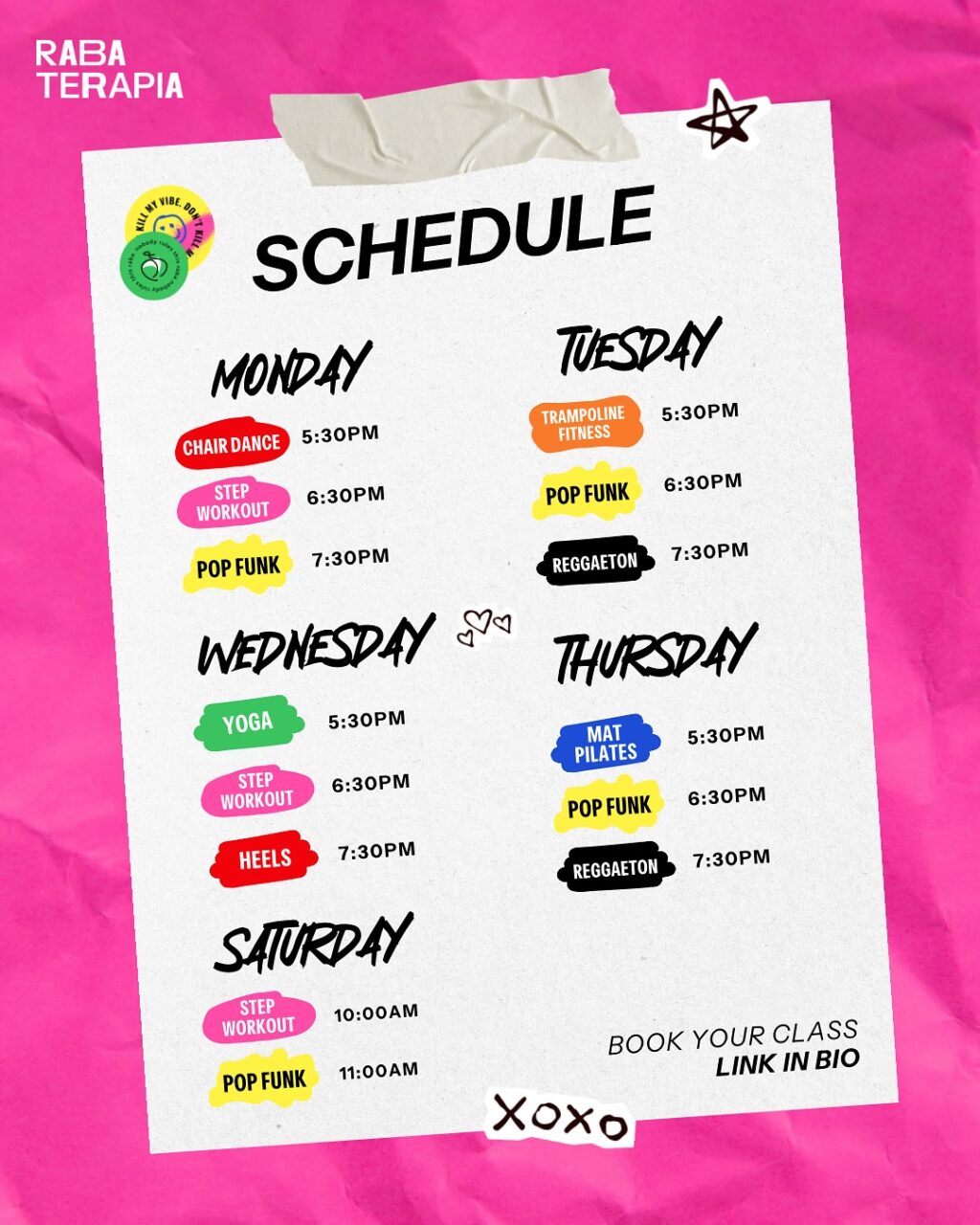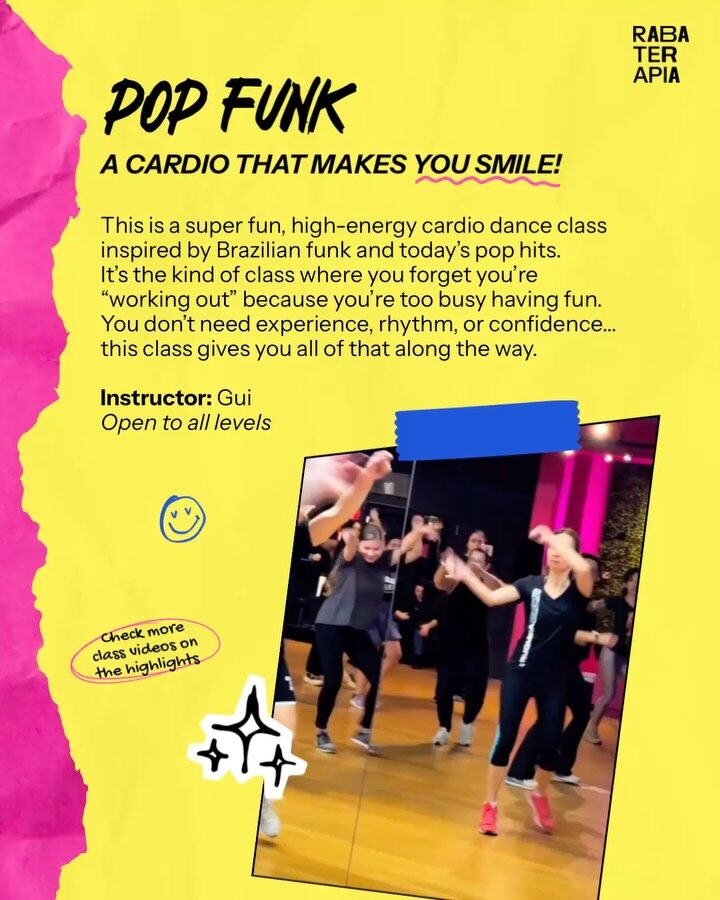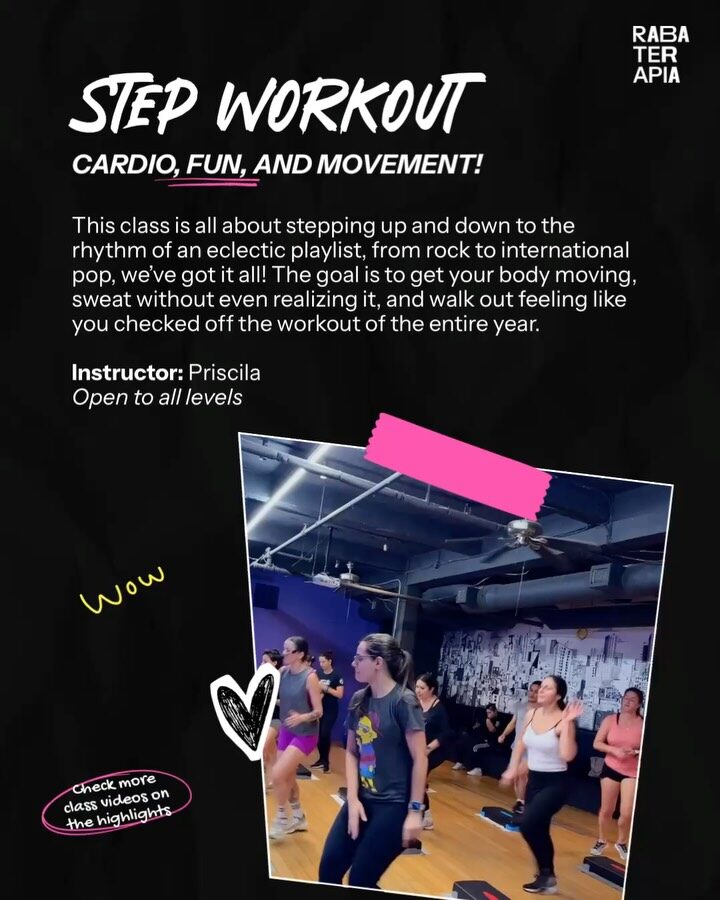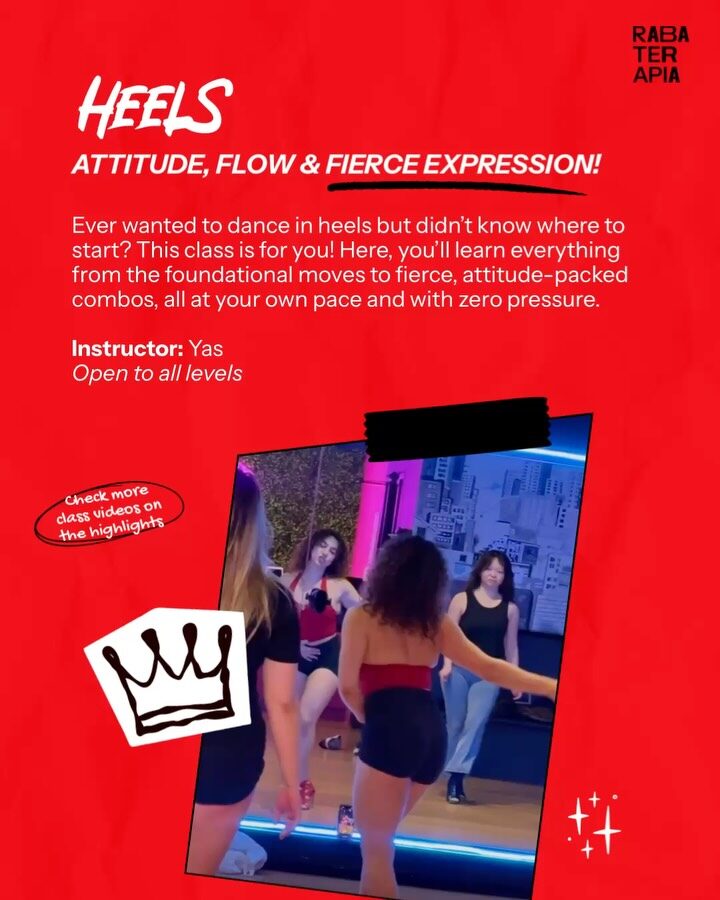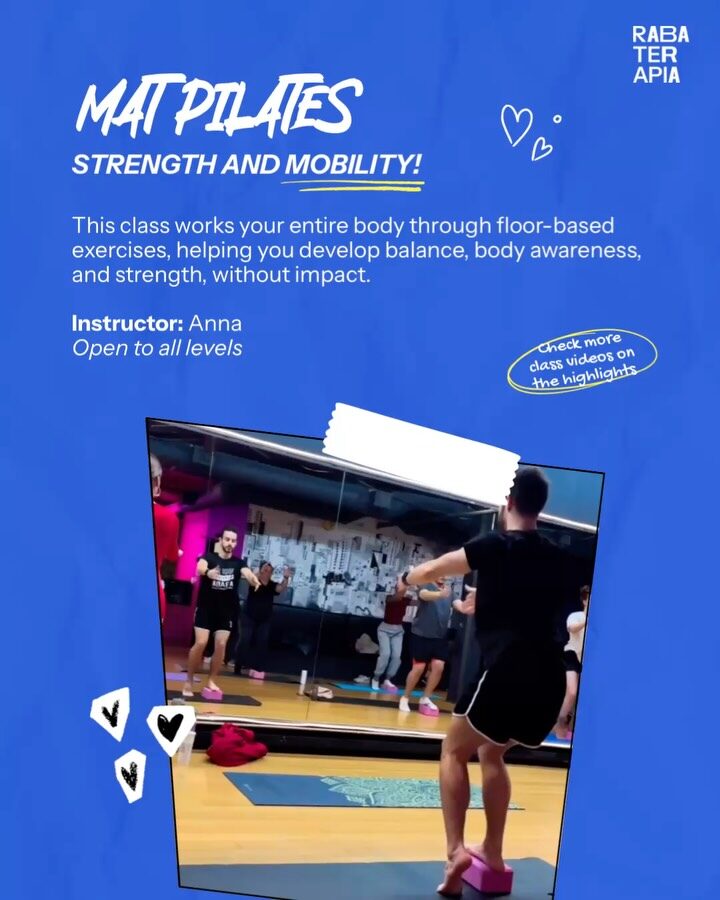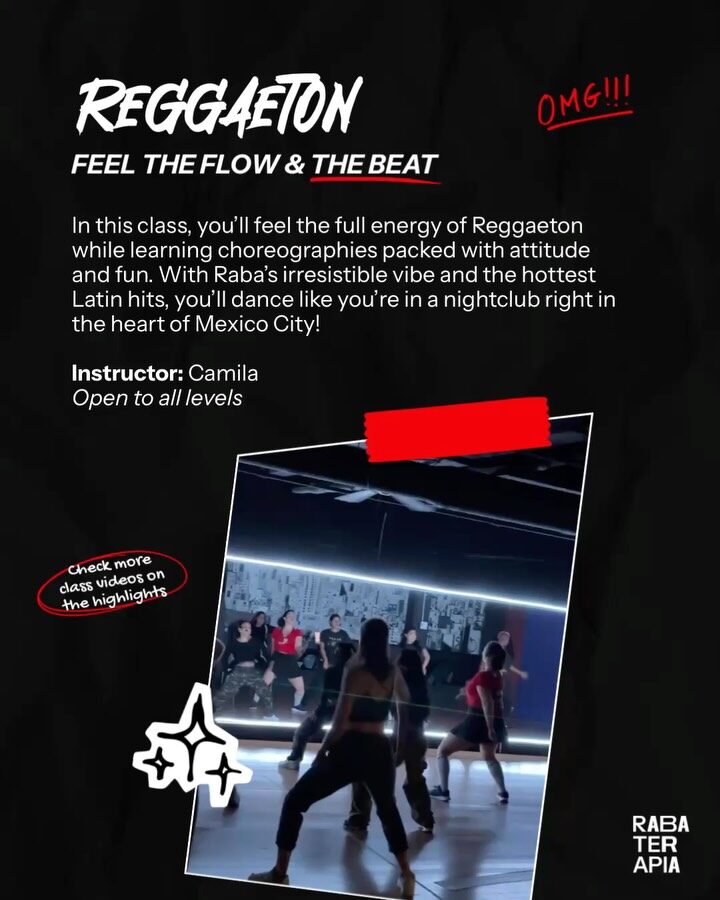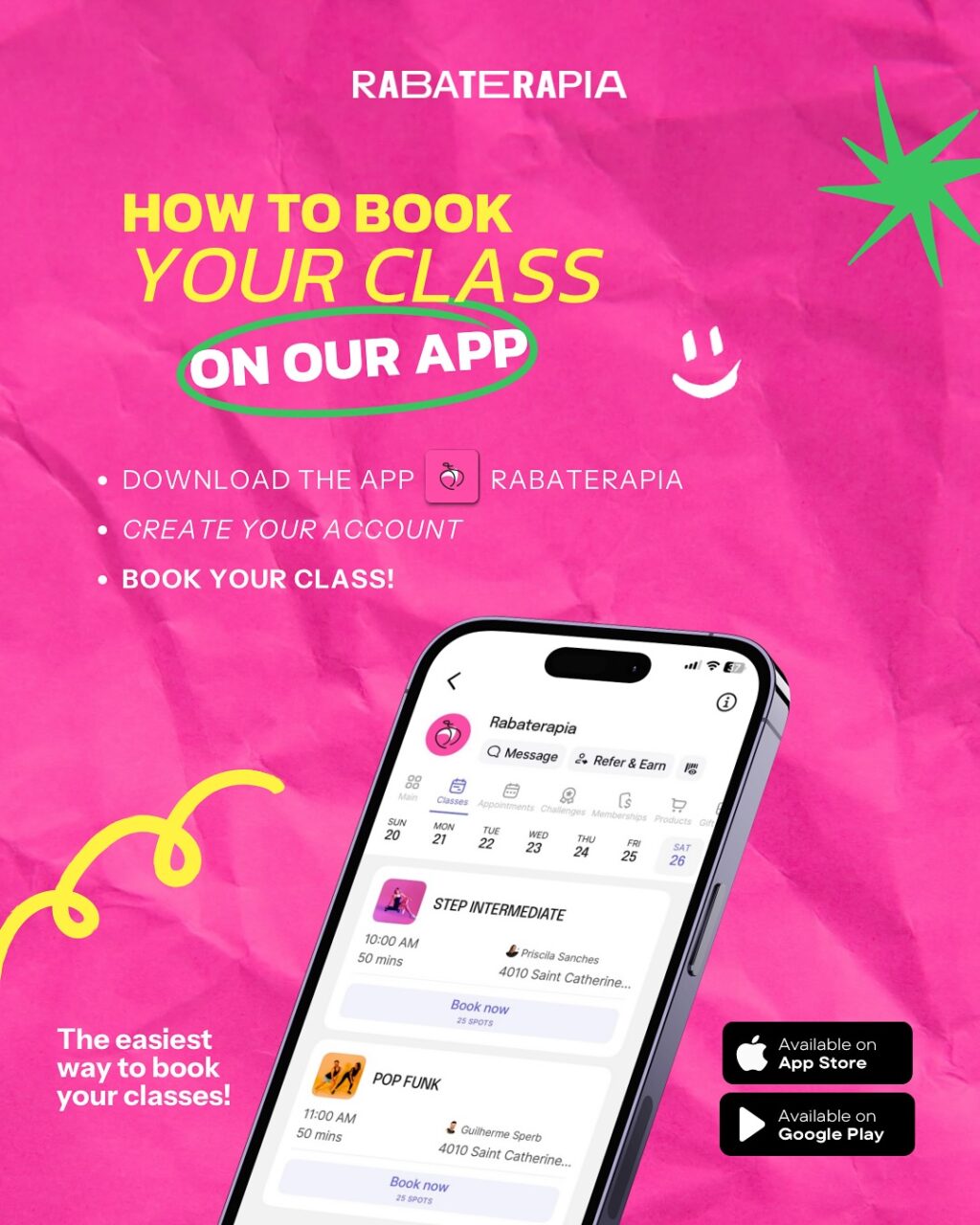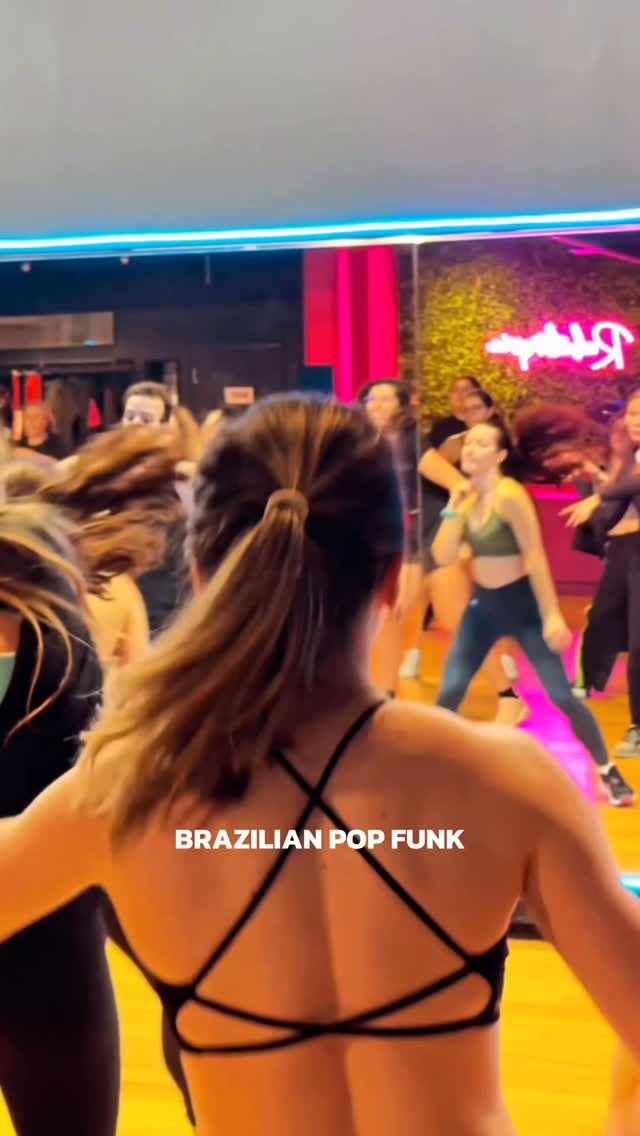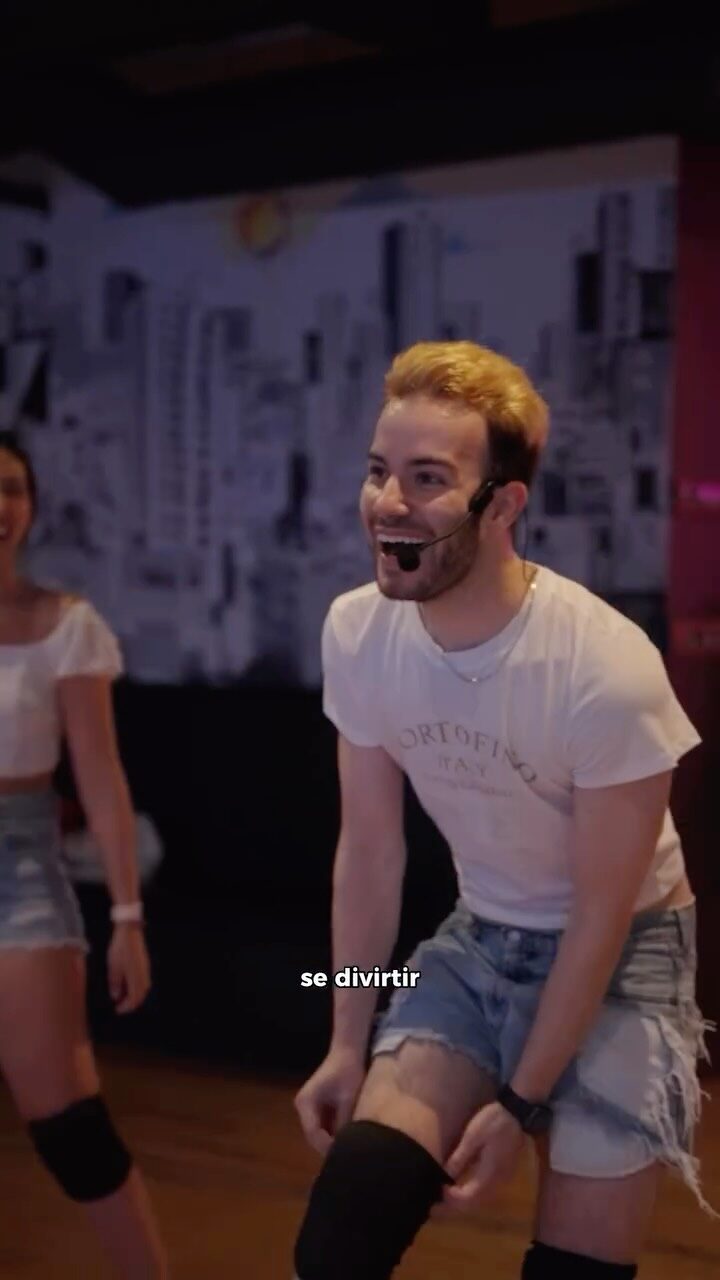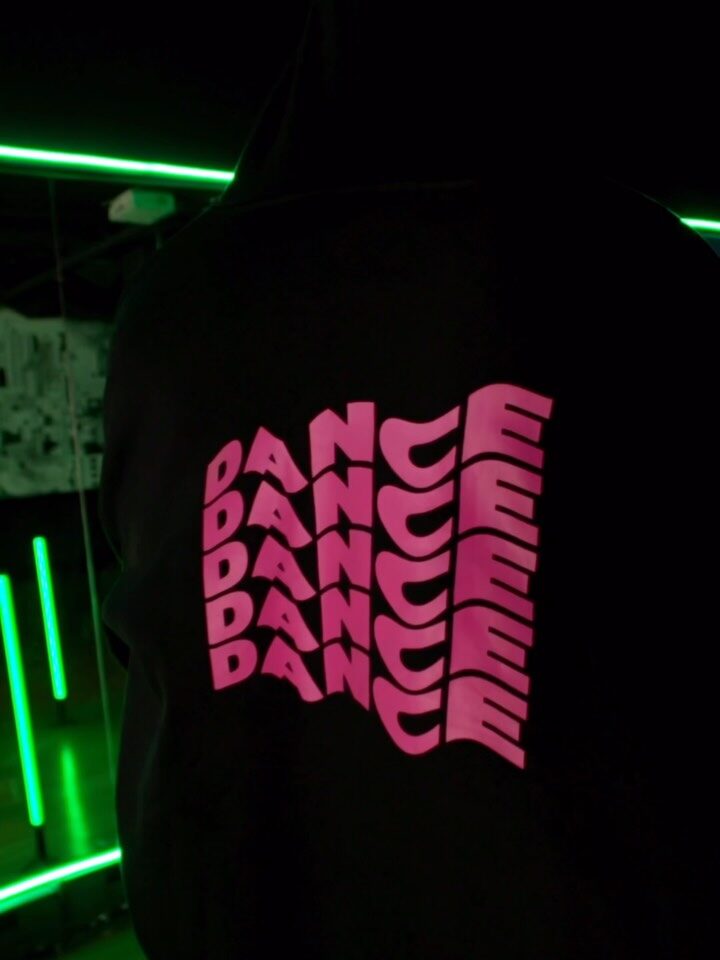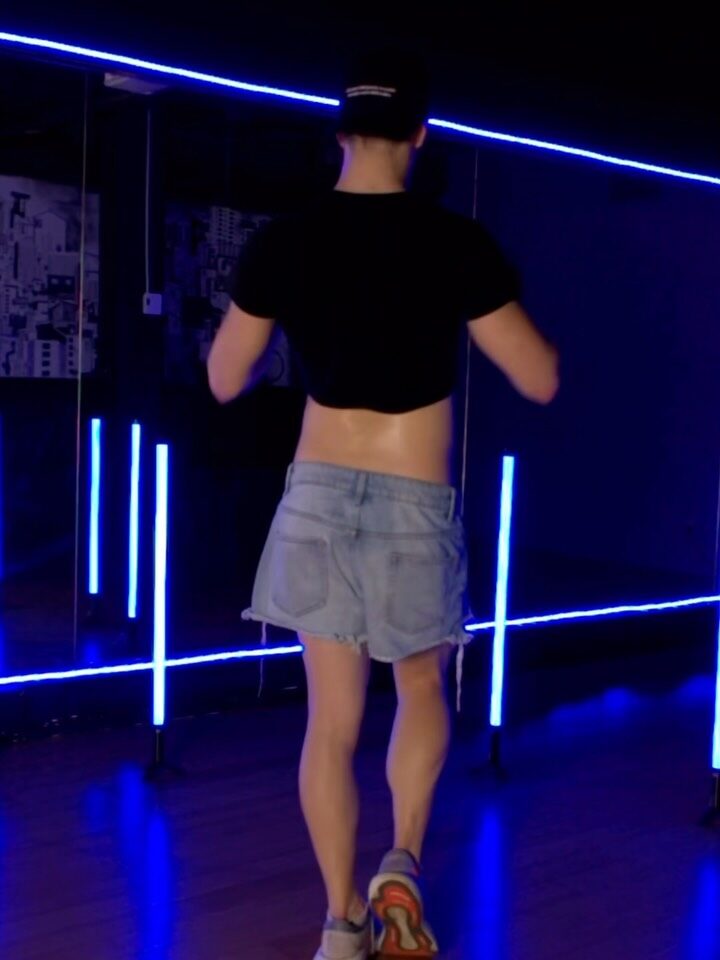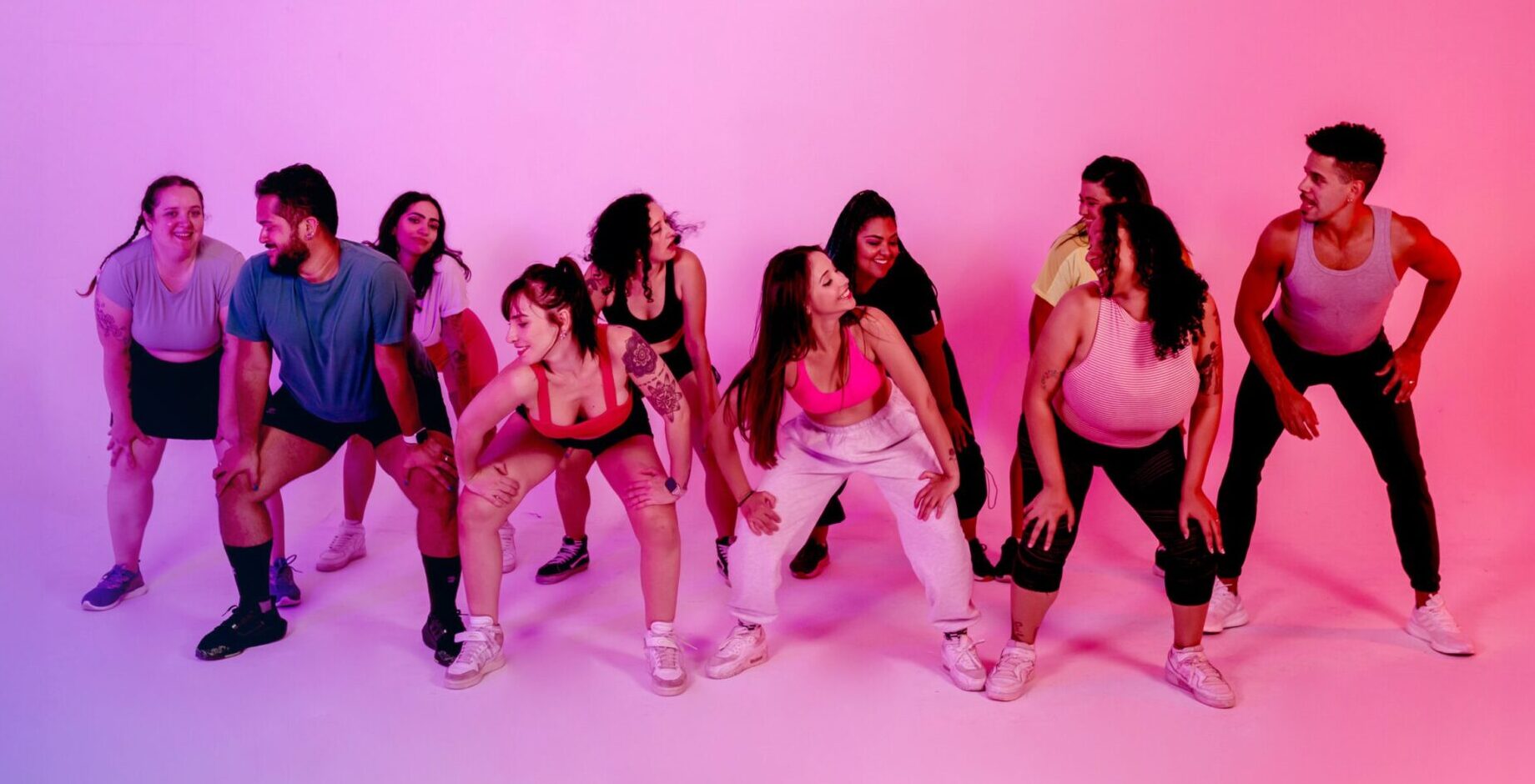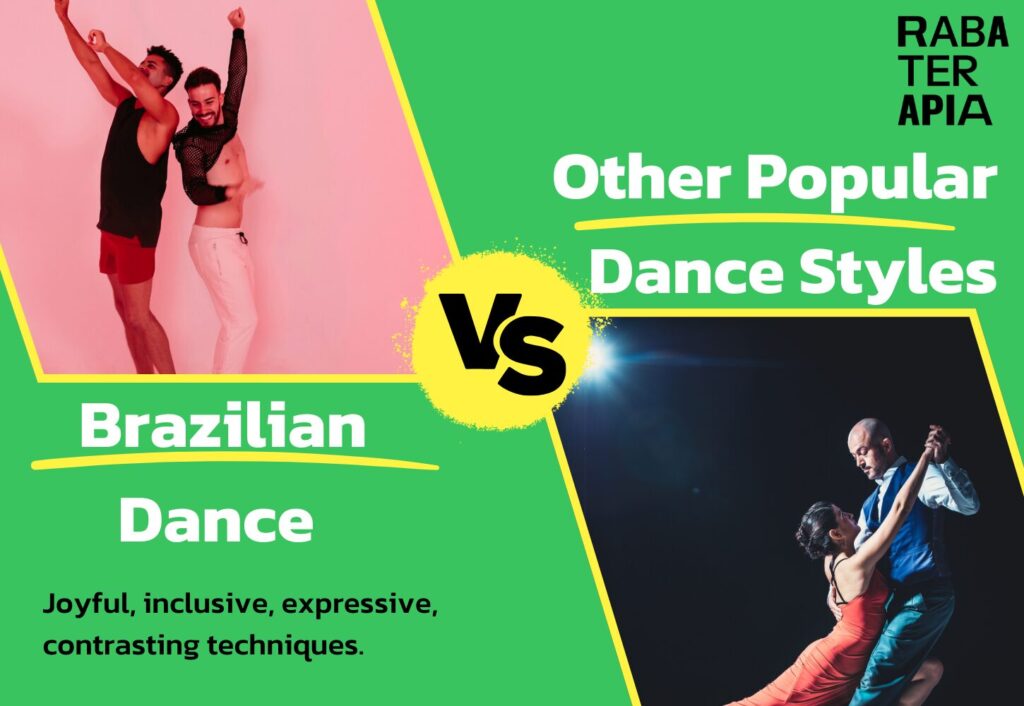
Dance is a universal language that transcends borders and cultures, allowing people to express themselves, connect with others, and enjoy physical movement. When comparing Brazilian dance styles like Samba and Funk Carioca with other popular dance forms such as Hip-Hop, Salsa, and Ballet, one can appreciate the unique qualities each style brings to the world of dance. This blog post explores the differences and similarities between these vibrant dance forms, highlighting what makes Brazilian dance distinct and why it’s gaining popularity across the globe.
Samba: The Heartbeat of Brazil
Samba is synonymous with Brazilian culture. Originating in the early 20th century, Samba is a lively, rhythmical dance that reflects the spirit of Brazilian festivals, particularly Carnaval. It’s characterized by its quick, bouncing steps, vibrant costumes, and infectious energy. Samba dancers move to the beat of drums, tambourines, and other percussion instruments, creating an atmosphere of joy and celebration.
In contrast, other dance styles like Salsa share a similar sense of community and rhythm but differ in technique and cultural background. Salsa, with its roots in Afro-Cuban dance, emphasizes a partner dance dynamic, intricate footwork, and syncopated rhythms. While both Samba and Salsa are vibrant and expressive, Samba is more solo-driven, focusing on the dancer’s connection to the rhythm rather than a partner.
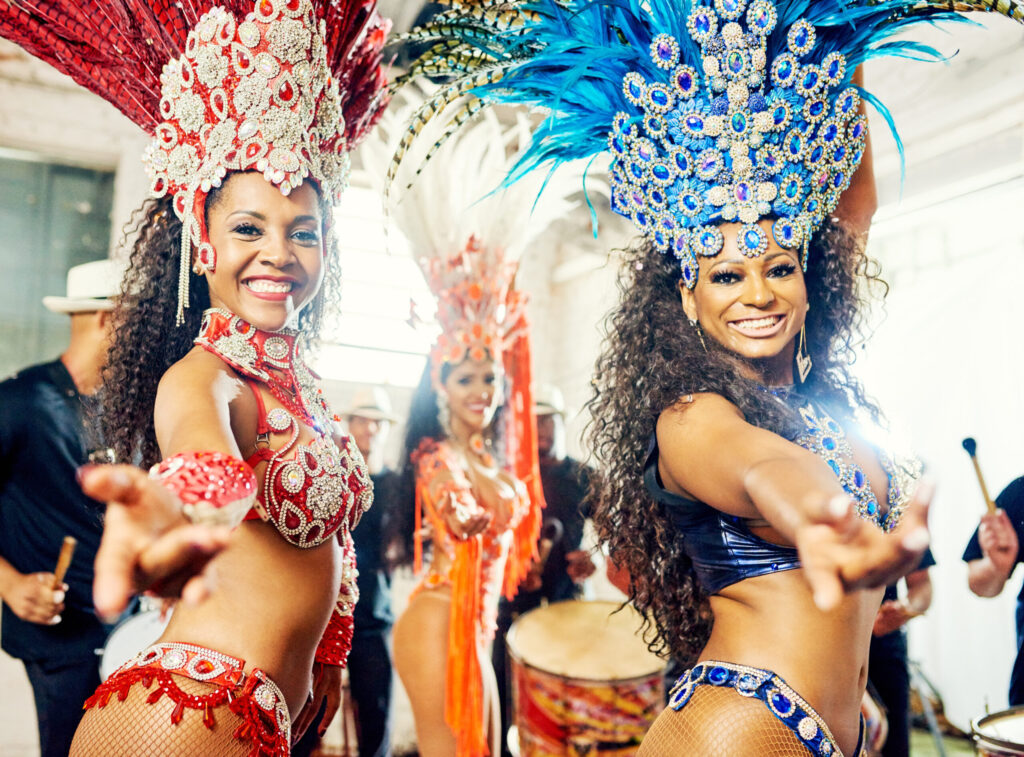
Funk Carioca: The Pulse of the Favelas
Funk Carioca, often referred to as Brazilian Funk, is a genre that emerged from Rio de Janeiro’s favelas in the late 20th century. It’s a dance style deeply rooted in the urban landscape of Brazil, with powerful beats and bass lines that drive its energetic movements. Funk Carioca is more than just a dance; it’s a cultural expression that reflects the realities of life in the favelas, blending elements of Hip-Hop, Afro-Brazilian rhythms, and electronic music.
When comparing Funk Carioca to Hip-Hop, one can see the similarities in their origins and social impact. Both dance styles emerged from marginalized communities and serve as a form of self-expression and storytelling. However, while Hip-Hop often incorporates breakdancing, popping, and locking, Funk Carioca is more about the rhythm and movement of the entire body, with a focus on the hips and legs. Funk Carioca’s raw and energetic style contrasts with the often more polished and acrobatic moves seen in Hip-Hop.

Ballet: The Classical Counterpart
Ballet, originating in the courts of Renaissance Italy and later developed in France and Russia, is the epitome of classical dance. Known for its grace, precision, and technical difficulty, Ballet requires years of training to master its complex movements and forms. It’s a dance style that values discipline, technique, and the pursuit of perfection.
When compared to Samba or Funk Carioca, Ballet represents a stark contrast. While Brazilian dance styles are rooted in spontaneity, celebration, and cultural expression, Ballet is more structured and formalized. Samba and Funk Carioca encourage improvisation and personal expression, whereas Ballet focuses on choreographed routines and strict adherence to form.

The Appeal of Brazilian Dance
What sets Brazilian dance styles apart is their accessibility and focus on enjoyment rather than perfection. Whether you’re a seasoned dancer or a complete beginner, Samba and Funk Carioca invite you to move your body freely, feel the rhythm, and immerse yourself in the culture. Unlike Ballet or other highly technical dance forms, Brazilian dances are about connection—connecting with the music, the culture, and the community around you.
For those who might feel intimidated by traditional dance studios, Brazilian dance offers a welcoming alternative. It’s less about mastering steps and more about experiencing the joy of movement. Brazilian dance styles are inherently social, often performed in groups or during festivals, making them an excellent way to meet new people and build a sense of community.
Why Brazilian Dance?
Choosing Brazilian dance means choosing fun, freedom, and cultural connection. Whether you’re drawn to the lively beats of Samba or the electrifying energy of Funk Carioca, Brazilian dance offers something unique that you won’t find in other dance styles. It’s a celebration of life, movement, and expression, and it welcomes everyone to join in, regardless of experience or background.
And what does all this mean?
In the diverse world of dance, Brazilian styles like Samba and Funk Carioca stand out for their vibrancy, inclusivity, and cultural depth. While other popular dance styles like Hip-Hop, Salsa, and Ballet each have their own unique qualities and appeal, Brazilian dance offers a distinctive experience that emphasizes joy, community, and self-expression.
You got an opinion of which one?
Lets try it in the real life, why not take a look at Rabaterapia’s schedule and test your body with the Pop Funk or Step Workout to create a unique opinion of this dancing styles, check on Instagram how we create a brazilian space far to Brazil


